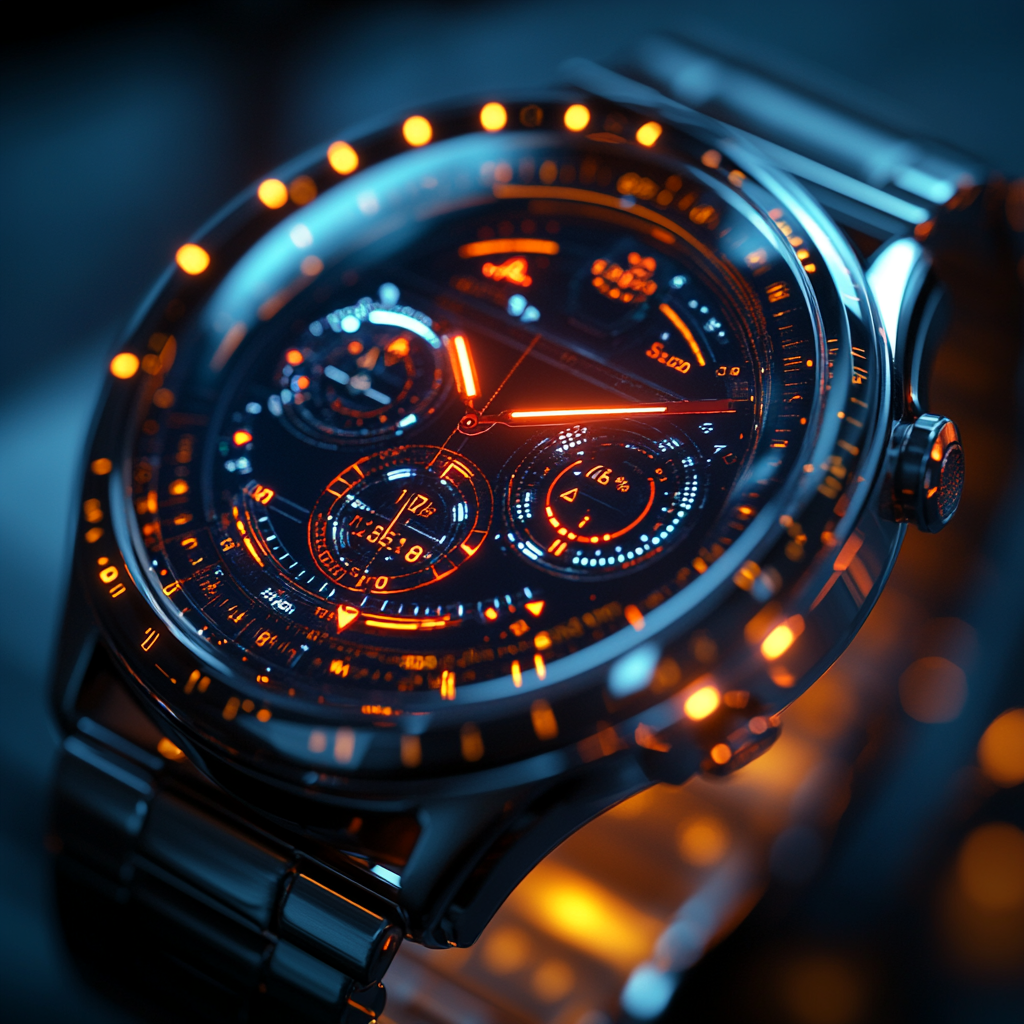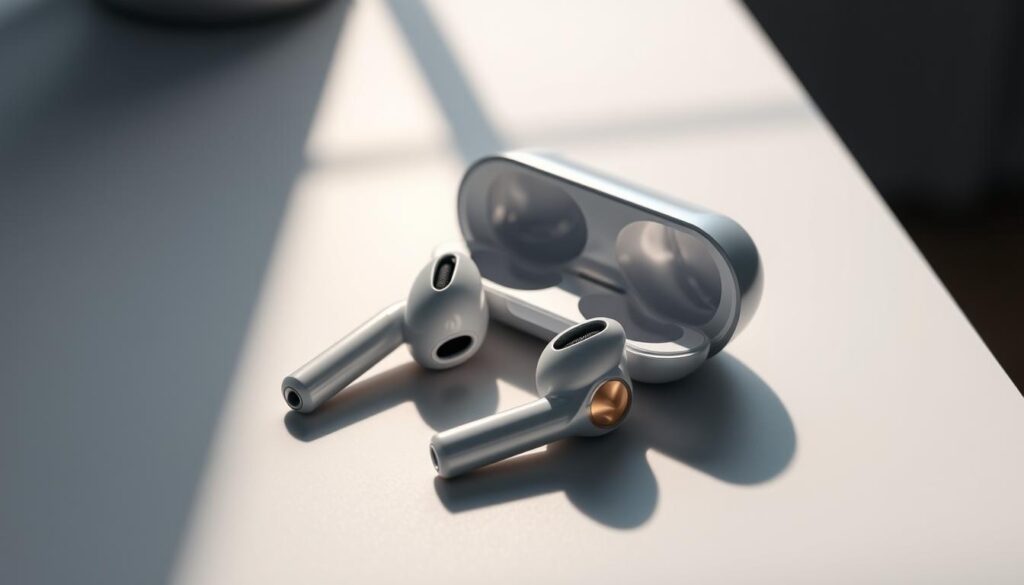Wearable Health Tech: The Future of Personal Monitoring in 2025

In a world rapidly evolving through digital transformation, wearable health technology is becoming a cornerstone of personal wellness and medical monitoring. The integration of Artificial Intelligence (AI) and the Internet of Things (IoT) into wearables is revolutionizing the way we track, analyze, and act on our health data. In 2025, this synergy is more powerful than ever, enabling real-time diagnostics, predictive analytics, and a seamless connection between patients and healthcare providers.
How AI and IoT Are Transforming Health Devices
Wearables have come a long way from simple fitness trackers. Today’s devices are capable of monitoring heart rate variability, blood oxygen levels, glucose trends, and even early detection of infections or diseases—all in real-time. Thanks to AI, these devices can analyze trends in your body’s data, make suggestions, and even alert your physician in urgent situations.
Smart Feedback for Smarter Health
With intelligent algorithms, your wearable doesn't just collect data—it interprets it. Whether you're sleeping, exercising, or dealing with a chronic illness, the system learns your patterns and alerts you when anomalies arise. For example, a sudden drop in oxygen saturation or increased heart rate during sleep can trigger alerts that prevent serious conditions from going unnoticed.
Accessibility and Democratization of Health Monitoring

Gone are the days when personal health diagnostics were limited to hospitals. Today, anyone with a smartphone and wearable tech can access powerful diagnostic insights. This democratization is leveling the playing field across urban and rural areas, providing life-saving information and remote care where traditional infrastructure falls short.
/>Real-Time Alerts for Preventative Healthcare
The real power of wearable tech lies in prevention. AI-based models can predict episodes of cardiac arrhythmia, insulin imbalance, and other conditions before they become emergencies. With Bluetooth-enabled wearables and 5G connectivity, this information is shared instantaneously with healthcare providers or emergency contacts.
Integration with Healthcare Systems
One of the most exciting advancements is the integration of wearable data into electronic health records (EHRs). This enables physicians to review your health metrics over weeks or months, offering a holistic view of your health rather than a snapshot taken during one visit. This integration makes treatments more precise and personalized.
Challenges and Ethical Considerations

Despite the benefits, wearable health tech also raises concerns. Data privacy and security are top issues, especially with sensitive medical information. Ethical use of AI, avoiding false positives, and ensuring accessibility for all are challenges developers and governments must address as adoption grows.
Use Cases in 2025
- Diabetes Monitoring: Continuous glucose monitoring with real-time alerts.
- Mental Health: Mood tracking using heart rate variability and sleep patterns.
- Cardiology: Predictive heart health management through ECG data.
- Fitness & Wellness: Custom workout plans generated via biometrics.
Video: Wearables in 2025 Explained
Conclusion
The fusion of AI and wearable technology is reshaping healthcare from reactive to proactive. In 2025, we are seeing the potential for longer lives, better care, and real empowerment over our personal health journeys. While ethical and technical challenges remain, the benefits far outweigh the limitations. The future of health isn’t in a doctor’s office—it’s already on your wrist.



